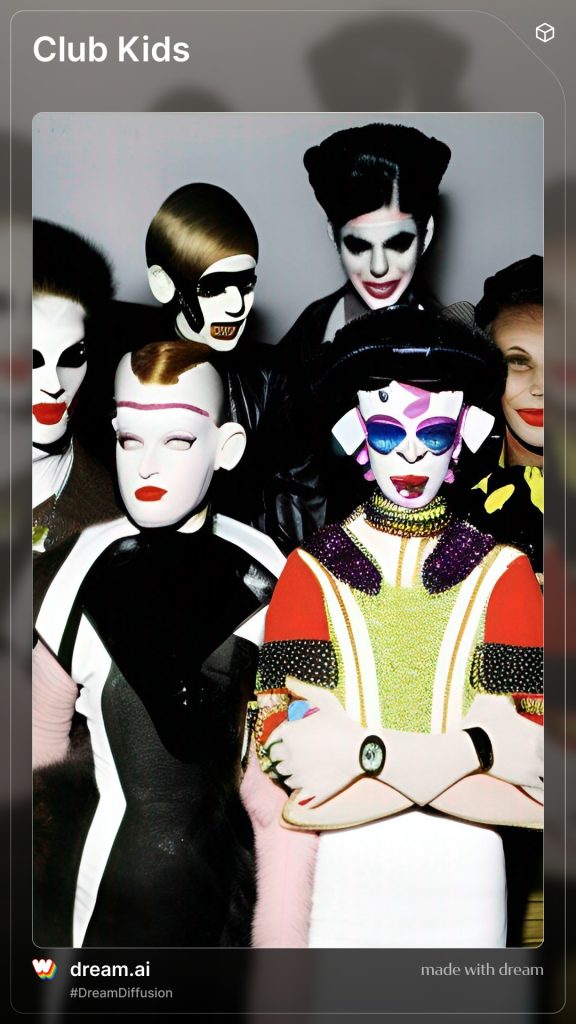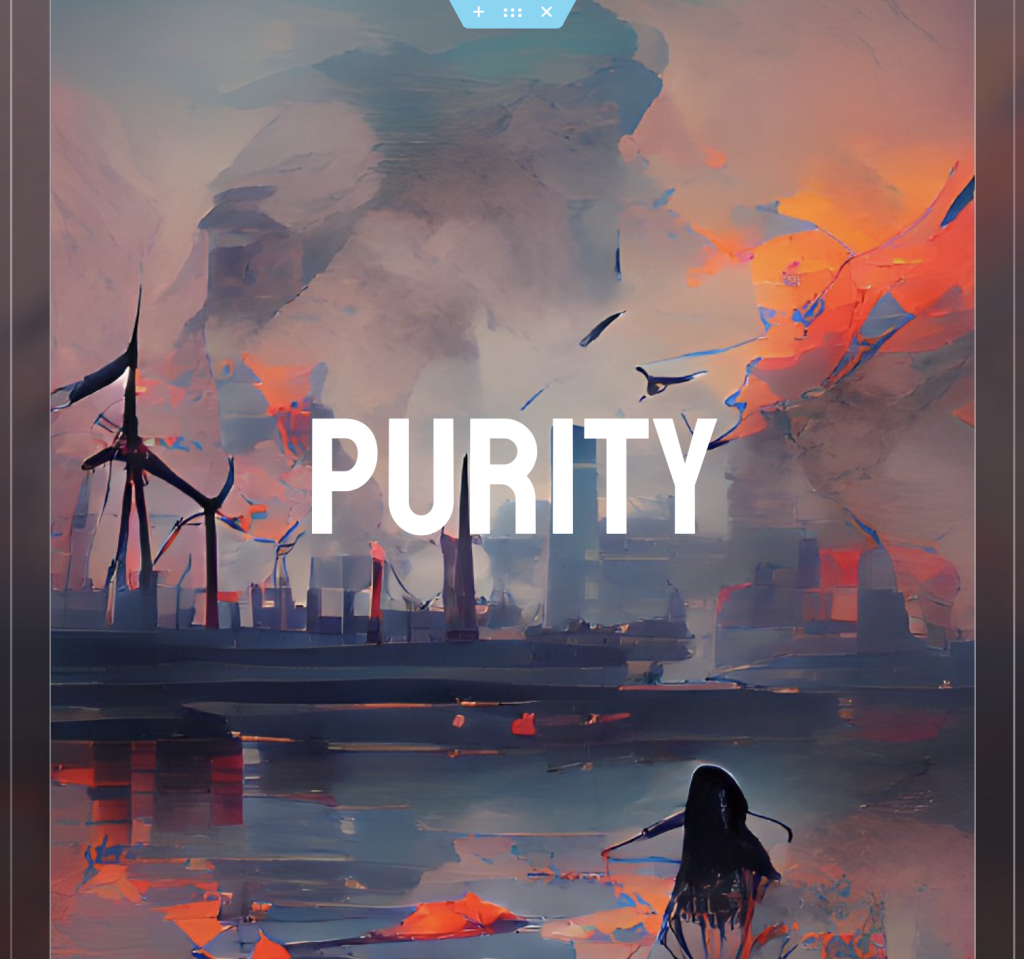Introduction
This development blog aims to understand what an NFT is and how digital artwork is created. An NFT is a non-fungible token, which means it is completely unique and cannot be replaced. An NFT can be anything digital, from artwork to sports memorabilia or even a social media post. The way NFTs are created is the AI (artificial intelligence) searches databases for anything surrounding the keywords you input into the system and then generates an image reflecting your choice of words. Below are some examples of NFTs generated from the source Wombo.Art.
Task 1
The first task we were given was to explore Wombo.Art and the different themes that are provided on the app/desktop website. The Wombo.Art website works by providing the user with a set of different art styles to choose from and then asking for a prompt, keyword, or words. There is a character limit of 200, meaning the user can generate images that are quite accurate to what they’re asking for.
I wanted to explore Wombo.Art by creating digital art based on well-known subcultures. I chose to generate digital art surrounding, Skate, Club Kids and Acid Rave. The website generated a range of different outcomes surrounding the keywords I inputted into the system. I changed the art styles to further explore the different outcomes, I used Retro Futurism, Bad Trip, Vibrant and realistic. The images below are the outcomes of the AI experiment.
Task 2
The second task we were given was to use Wombo.Art to create a piece of work exploring the opposites of purity and pollution. I used a range of keywords and phrases to generate different NFTs that could be used to develop a piece of digital artwork. The different theme choices came in useful when trying to get different outcomes from using one keyword. Once I had generated some different images, I proceeded to import them into my WordPress blog and edited them using Elementor. Moreover, to create a transition between the different images I uploaded one image to the background layer and then added a hover mode which changed to a different image when the cursor hovered over the background image. This technique enabled me to show the different images in a creative way. I added a heading over the top and used multiple images that complemented each other but also showed the differences between purity and pollution.
Reflection
Considering I was unable to attend the lesson in person I utilised the resources provided and developed my outcome independently. The developed work explores the opposites of purity and pollution using AI-generated software, I learnt what an NFT was and made good use of the Wombo.Art generator. Attending the lesson next time, I would ensure to work in a group and explore NFTs within the group to develop different outcomes which could be linked to each WordPress blog. Not attending resulted in me not having a group to work in as everyone had already developed and finalised their work in groups. Furthermore, I believe not working as part of a group didn’t stump my understanding of the subject and I still gained a lot of knowledge working independently. I was able to take full control of the outcome without having to factor in others’ opinions. Although in the future other opinions and outlooks could be useful when developing more in-depth work.
References
Dream by Wombo (no date) Dream by WOMBO. Available at: https://dream.ai/ (Accessed: December 17, 2022).










